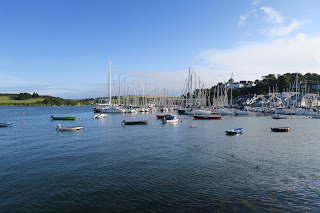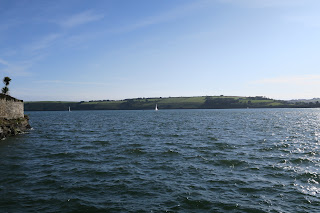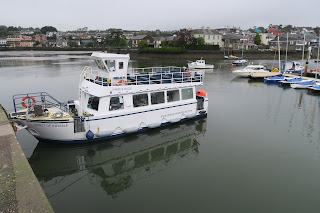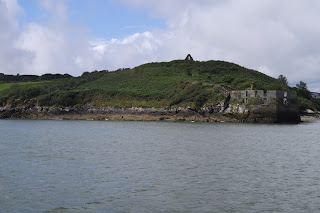The most famous event in Kinsale’s history is perhaps the Battle of Kinsale in 1601 during which Spanish troops fought with the Irish to challenge the power of the English. The battle went badly for the alliance, who sustained heavy loses compared to the better organized English. The rebellion quashed, the English continued to fortify Kinsale against future attacks by constructing James Fort and Charles Fort on the sites of earlier castles.
Today Kinsale is a picturesque town with narrow winding streets lined with galleries and gift shops, lively pubs and superb restaurants and a handsome natural harbour filled with yachts.
Constructed in the late 17th century on the site of an earlier castle, Charles Fort is a classic example of a star-shaped fort. Built in the 1670s to guard Kinsale Harbour, the fort was in use until 1921 and it also figured in the Irish Civil War of 1922-23. In 1973 it was declared a National Monument. The fort itself is certainly worth a visit with some amazing 18th and 19th century ruins within, and the views from it are spectacular as well.
An early lighthouse was established here in the 17th century
You can get from Kinsale to Charles Fort along an absolutely beautiful hike known as Scilly Walk. It’s about 3kms and is a harbourside path for most of the way.
Along Scilly Walk is this local pub, Bulman’s. You can get a drink and sit outside, or even better, take it onto the pier out in front and enjoy the view
The Courthouse, otherwise known as The Market House, was built in 1600 and the frontage was added in 1706. It now houses the Kinsale Regional Museum.
A little live music - always a good way to end a day
Kinsale is known for its historic streetscapes and brightly coloured shops
Knowing me, I’m sure that no one is surprised that before leaving Kinsale I found myself out on a little boat, having a different view of Kinsale and its beautiful harbour.
Charles Fort from the other side
James Fort was built in 1602, immediately after the siege of Kinsale. Following the construction of Charles Fort on the opposite side of the harbour in the late 17th century, James Fort became known as the “old fort” and declined in use during the 18th century















































No comments:
Post a Comment